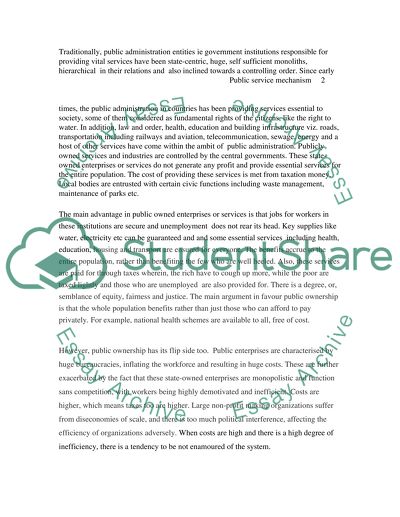Cite this document
(“Market mechanism and public service delivery Essay”, n.d.)
Retrieved de https://studentshare.org/marketing/1509571-market-mechanism-and-public-service-delivery
Retrieved de https://studentshare.org/marketing/1509571-market-mechanism-and-public-service-delivery
(Market Mechanism and Public Service Delivery Essay)
https://studentshare.org/marketing/1509571-market-mechanism-and-public-service-delivery.
https://studentshare.org/marketing/1509571-market-mechanism-and-public-service-delivery.
“Market Mechanism and Public Service Delivery Essay”, n.d. https://studentshare.org/marketing/1509571-market-mechanism-and-public-service-delivery.


